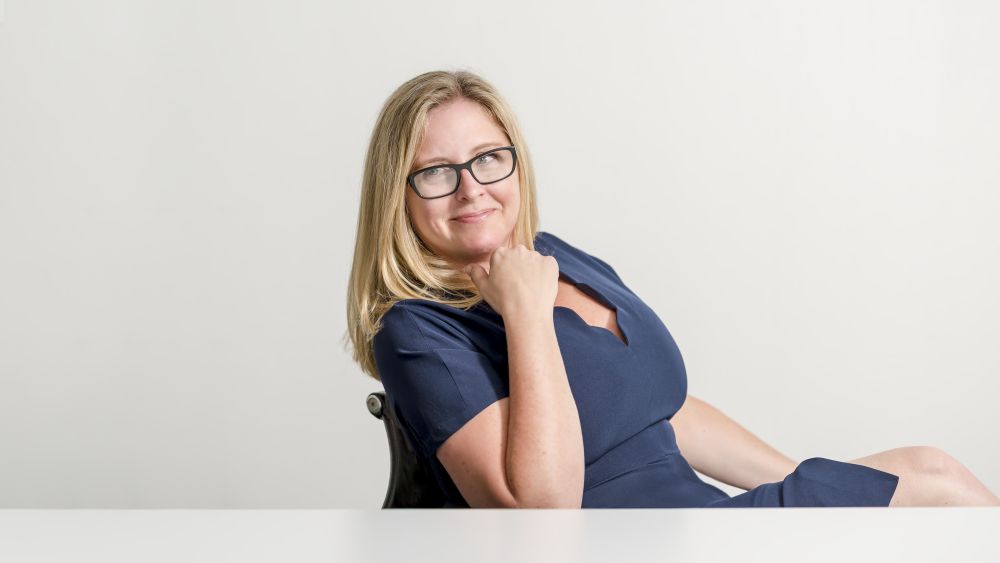Abbie Clary featured on Design Lab Podcast
April 23, 2021
Social Sharing
Co-director of our Health practice, Abbie had an extensive conversation with Bon Ku of the Design Lab podcast about healthcare design and the current priorities she’s seeing unfold.
Bon, an emergency medicine physician and director of the Health Design Lab at Thomas Jefferson University, uses his podcast to talk to guests about how the worlds of design, art, science and health intersect. Some excerpts of Abbie’s conversation with Bon are below. You can listen to the full podcast, here.
On architecture vs. design:
“I think even architects sometimes don’t realize the power they have in design because they have been trained to focus only on the building. Right? So, at CannonDesign, there’s so many reasons why we’re starting to think about design consultancy versus architecture. And probably one of the biggest is that architecture continues to get commoditized. And people are losing the understanding of the value of that service and forgetting that it is a service and it’s not something you buy off the shelf. We use a certain philosophy and approach that helps first define the problem, define what the potential solution or idea is, and then decide if the implementation is architecture—and then we continue that sort of philosophy into the design, regardless of what we’re designing.”
On the increased focus on mental health:
“I do think that the pandemic has created a new focus on mental health. And I mean, there’s so much going on right now with all of us being isolated. We’re focusing a lot on that right now. How we can better develop environments that can support mental and behavioral healthcare. And whether that’s in the hospital, if it’s in the school, if it’s in the home or the community that’s, to me, one of the biggest outcomes. A positive outcome of this is that I think the stigma around mental and behavioral health has been reduced because it has become so unfortunately widespread that people who may have thought poorly of it are now like, ‘Oh, wait a minute. This is a real thing.’ So at least there’s a spotlight on it. And now we’re diving into research on what do we do with that and how we can design environments in the right places to create the right experiences that can help treat mental and behavioral health patients.


